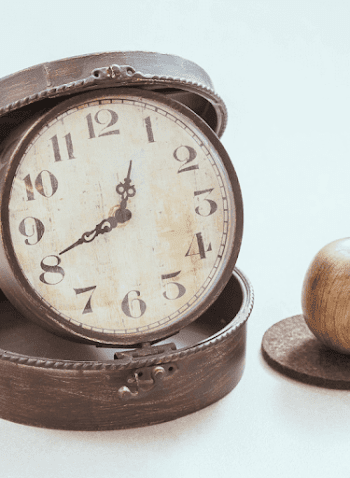These are the hints I've always included in the lecture handout about using DAR Records for Genealogy.
These hints went with Tip #8, Use Common Sense but give you a bit more specific information if you are using DAR applications/ supplementals. If you haven't already, check out Saturday's post to get geared up to use DAR sources for your genealogy.
Here are my eleven tips for using DAR records in genealogy.
Here are my eleven tips for using DAR records in genealogy.
- Not all DAR applications required supporting documentation.
- Many DAR applications contain the minimum needed to become a member, which changed over time.
- The older the application, the less likely strong documentation (if any) was required.
- When little or no documentation was required, applications were not checked for accuracy.
- Newer applications were checked more carefully than old.
- Some applications list documentation that was not submitted.
- Many applications refer only to previous applications, trace backward (see tip #4).
- Applicants often used what was handy such as the family Bible. They may also have simply written down what they thought was their lineage (some are correct and some are very incorrect).
- For a short period, all supporting documentation was returned to the applicant, there is no way to tell this. The Library also estimates that much documentation was returned to applicants, at their request, prior to 1984. (Learn more by reading the "pop-up" that comes up when you go to order a Record Copy or supporting documentation).
- DAR documentation standards are not the same as standards for “proof” in genealogy (GPS)
- DAR applications are applications for membership, not complete genealogies or lineages.










